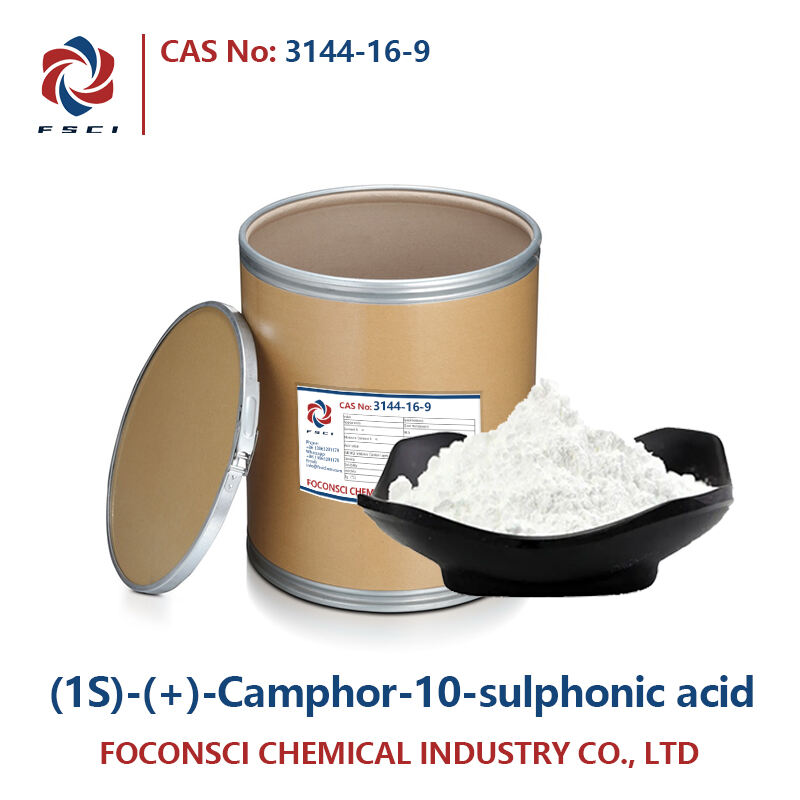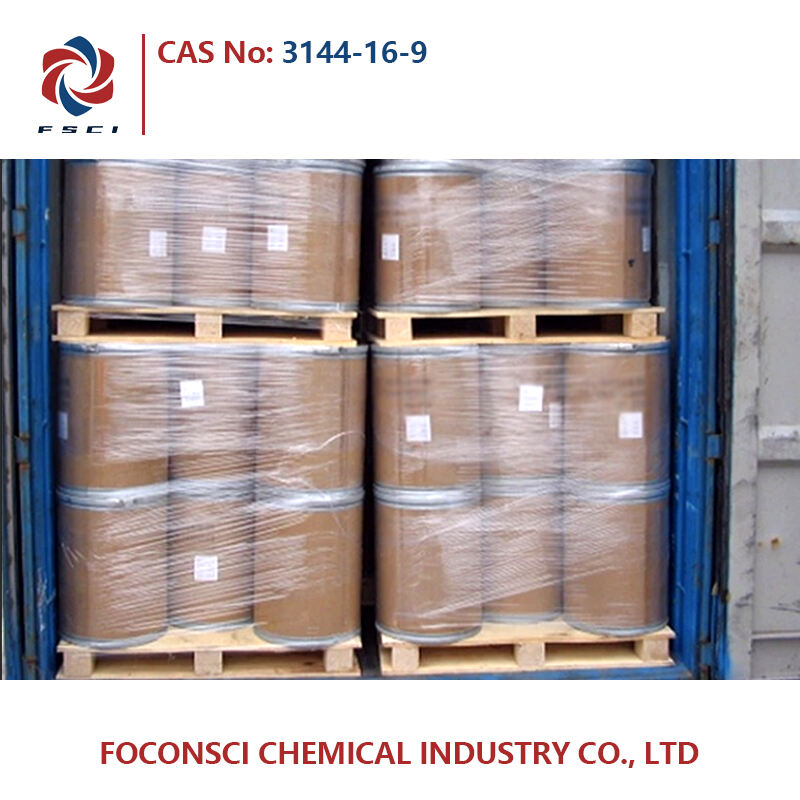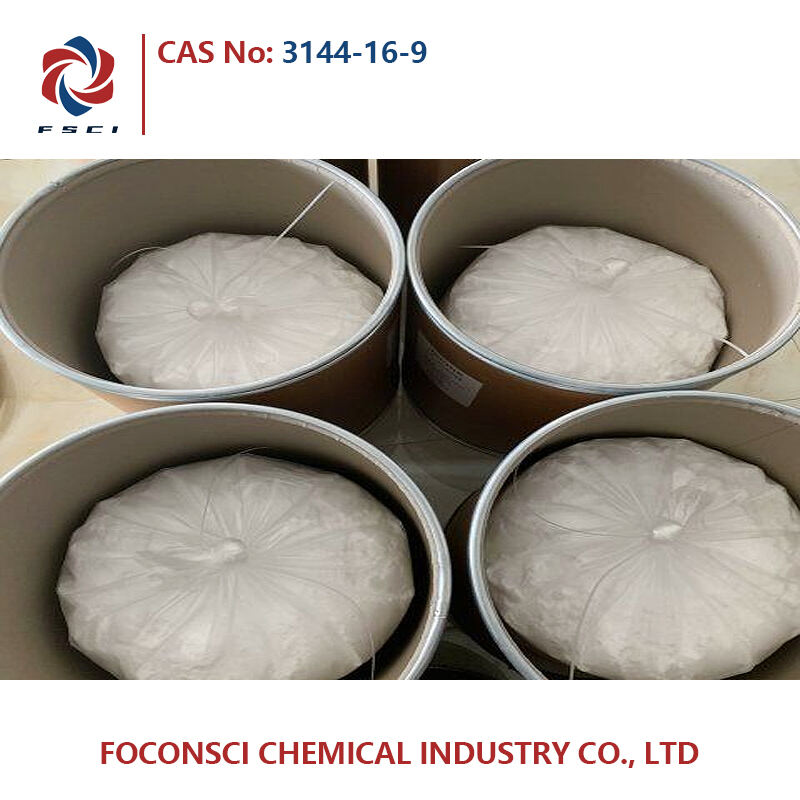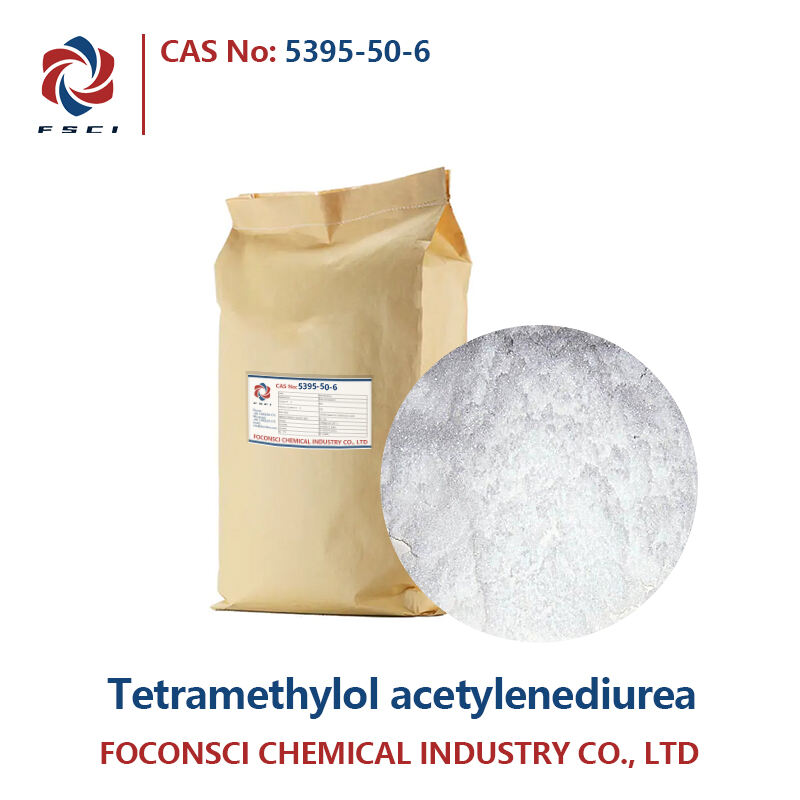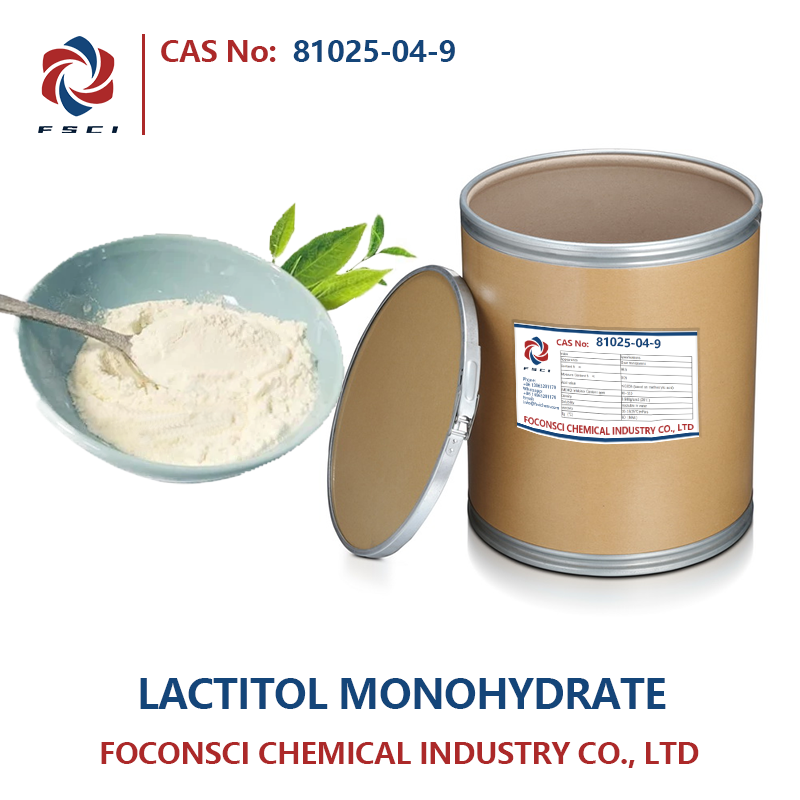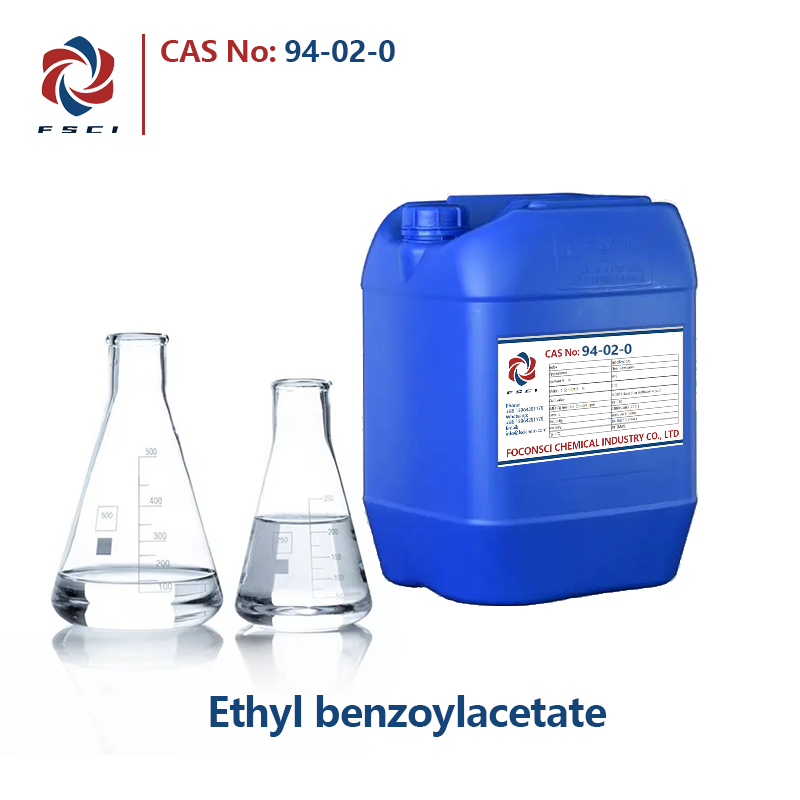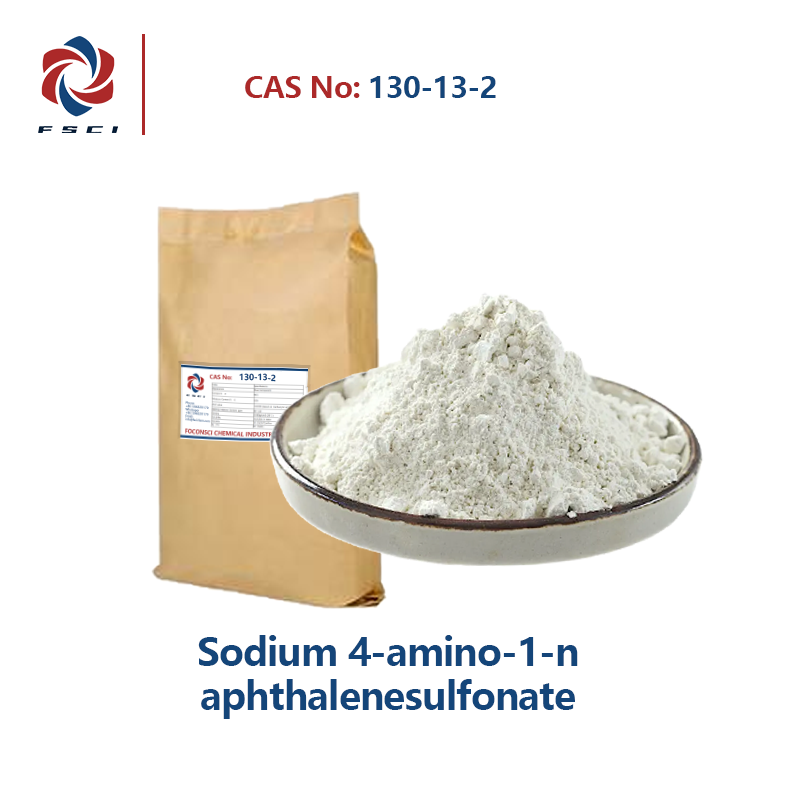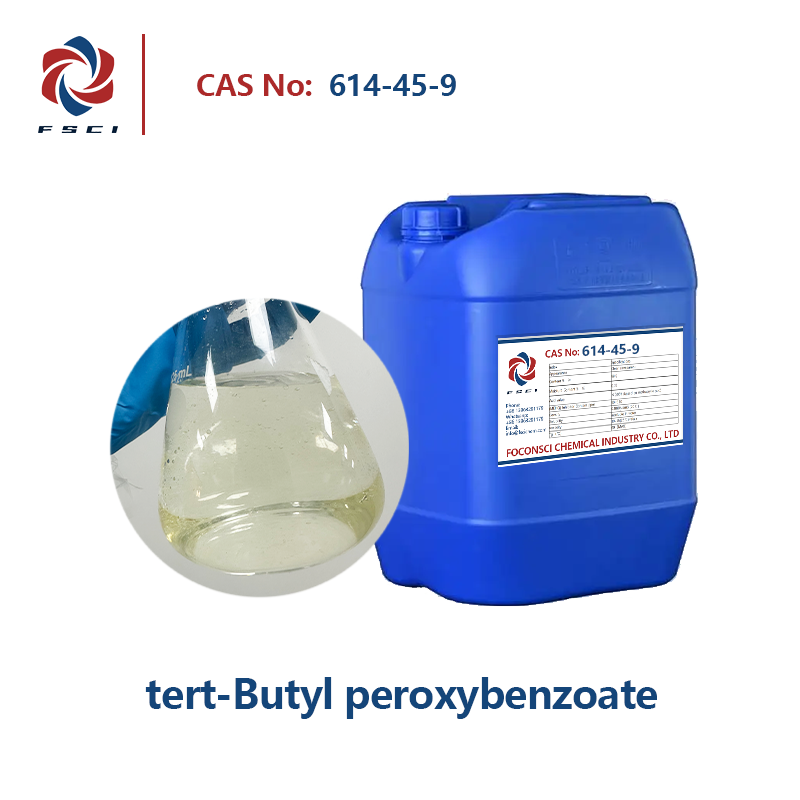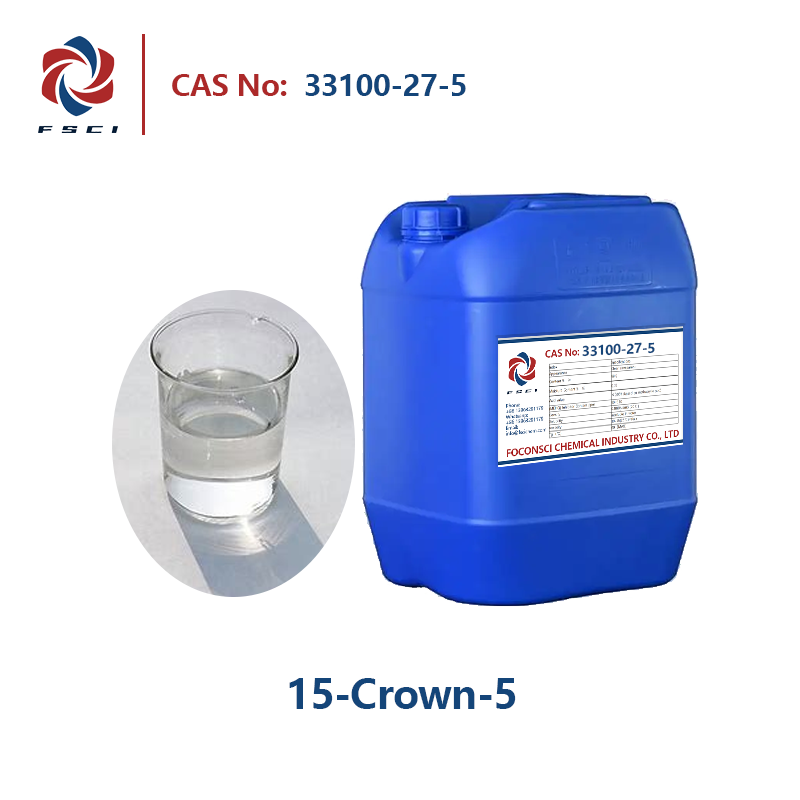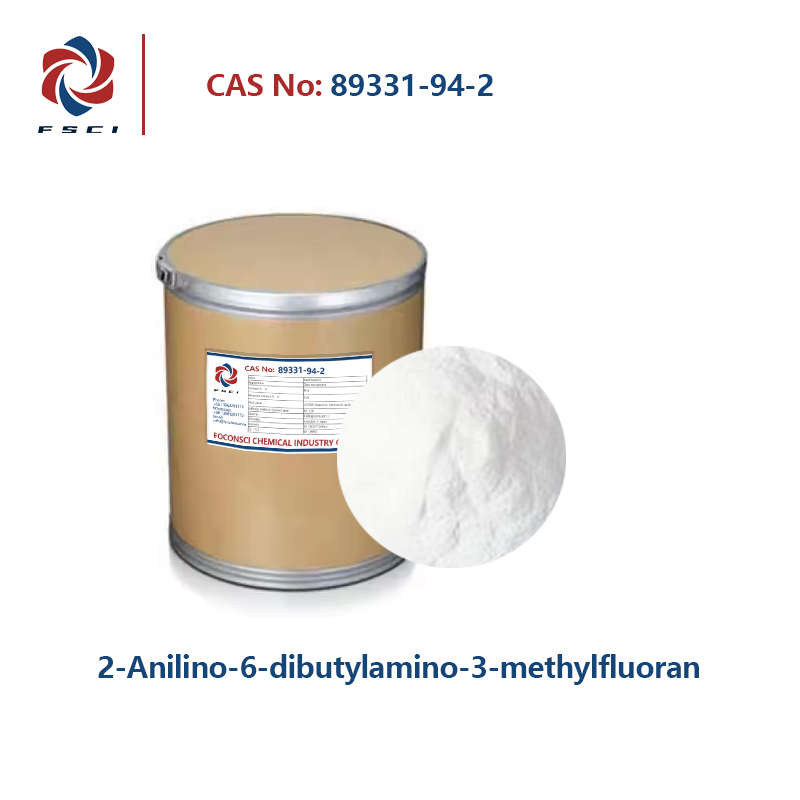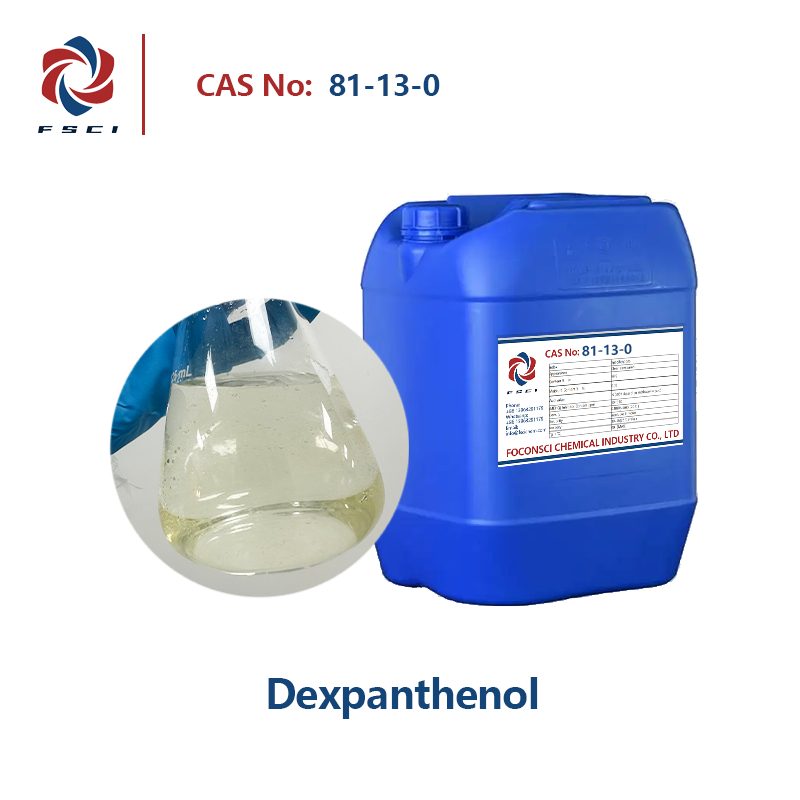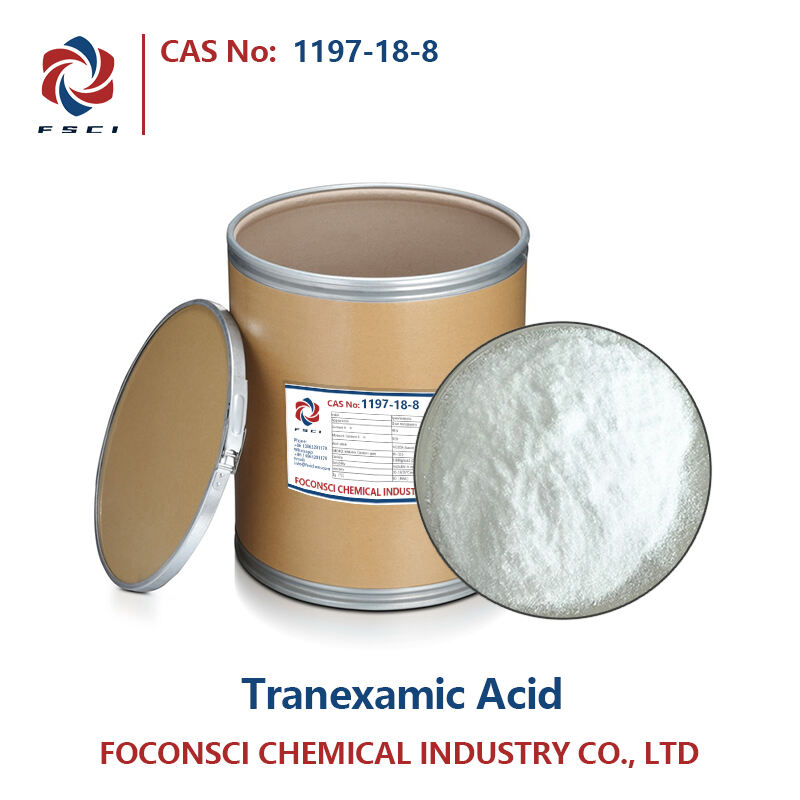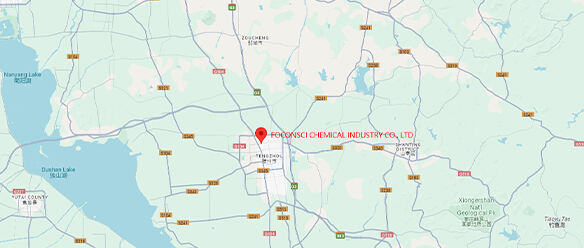(1S)-(+)-Camphor-10-sulphonic acid CAS 3144-16-9
Chemical name: (1S)-(+)-Camphor-10-sulphonic acid
Synonymous names:CSA;D-CAMPHORSULPHONIC ACID;(+)-BETA-CAMPHORSULFONIC ACID
CAS No:3144-16-9
Molecular formula:C10H16O4S
Molecular weight:232.3
EINECS No:221-554-1
- Parameter
- Related products
- Inquiry
Structural formula: 
Product Description:
|
Items |
Specifications |
|
Appearance |
White to off-white crystalline powder |
|
Content |
Min 99.0% |
|
Melting point |
193.0~202.0℃ |
|
Specific rotation |
–1.0~1.0° |
|
Loss on drying |
Max 1.00% |
|
Iron |
Max 20 ppm |
|
Monomethylamine% |
0.001 |
Properties and Usage:
D-camphorsulfonic acid is an important chemical reagent that plays a key role in the fields of organic synthesis, drug synthesis, and molecular recognition due to its excellent catalytic properties. As a strong acid catalyst, dextrorotary camphorsulfonic acid provides efficient catalysis and excellent reaction selectivity in chemical reactions.
Main application areas:
1. Organic synthesis:
D-camphorsulfonic acid is used as a strong acid catalyst in organic synthesis for esterification, etherification and dehydration reactions. In these reactions, it significantly increases the reaction rate and product yield, and optimizes the reaction selectivity, making it a key material for the synthesis of complex organic molecules.
2. Drug synthesis:
In the pharmaceutical industry, dextrocamphorsulfonic acid plays a central role as a catalyst in the synthesis of drug intermediates and active pharmaceutical ingredients. It not only improves reaction efficiency, but also ensures high-purity products, providing reliable technical support for the drug synthesis process.
3. Molecular recognition:
In chemical and biochemical research, dextrorotatory camphorsulfonic acid is used in molecular recognition and chiral separations. It can form stable complexes with specific molecules and facilitate the separation and identification of chiral molecules.
4.Polymer Chemistry:
In polymer chemistry, dextrocamphorsulfonic acid participates in certain polymerization reactions as a catalyst, which can effectively control the molecular weight and distribution of polymers, thereby adjusting the performance of the final product to meet different application needs.
5. Catalysts and auxiliaries:
D-camphorsulfonic acid serves as an acid catalyst or auxiliary in a variety of chemical reactions, significantly improving the rate and selectivity of the reaction. It is widely used in specific industrial production processes and provides reliable catalytic support for various chemical reactions.
Storage conditions: Sealed in a cool and dry environment at 2-8 ºC
Packing: This product is packed in 25kg Barrel, and it can also be customized according to customers' requirements


 EN
EN
 AR
AR
 BG
BG
 HR
HR
 CS
CS
 DA
DA
 NL
NL
 FI
FI
 FR
FR
 DE
DE
 EL
EL
 HI
HI
 IT
IT
 JA
JA
 KO
KO
 NO
NO
 PL
PL
 PT
PT
 RO
RO
 RU
RU
 ES
ES
 SV
SV
 TL
TL
 IW
IW
 ID
ID
 LV
LV
 LT
LT
 SR
SR
 SK
SK
 VI
VI
 HU
HU
 TH
TH
 TR
TR
 GA
GA
 CY
CY
 KA
KA
 LA
LA
 MN
MN
 KK
KK
 LB
LB

